Italy On Film
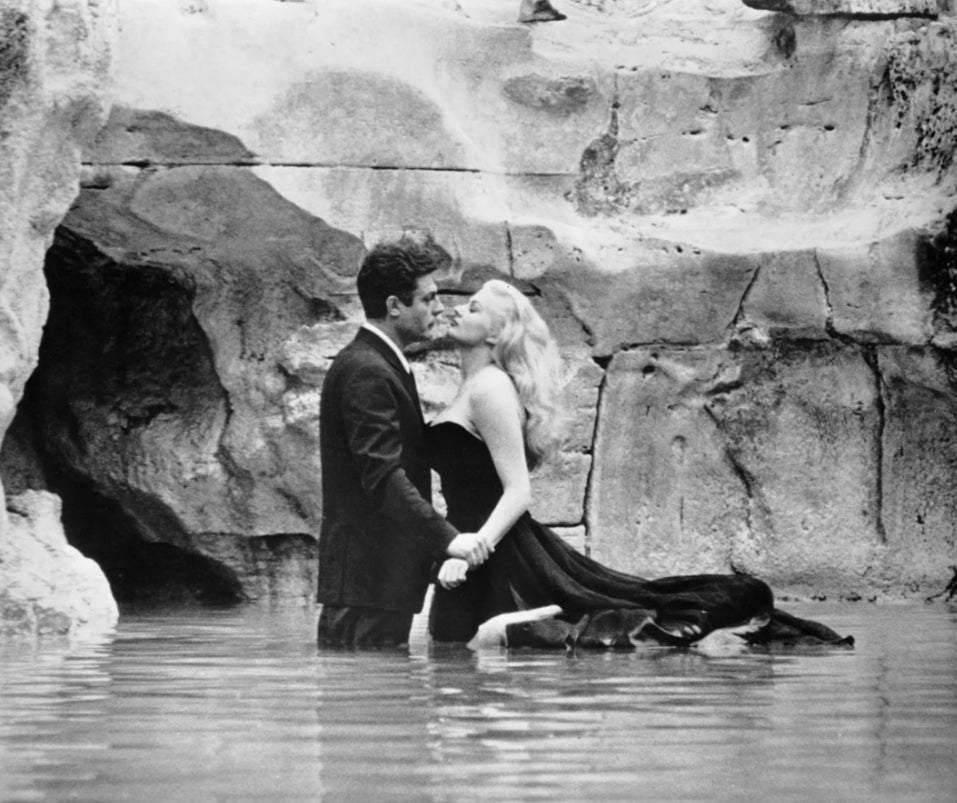
TONIA'S INSIGHTS
Italy On Film
By Antonia Fest
March 19, 2024
It is easy to arrive in Italy and immediately feel like you are on a film set. The beautiful every-day is seductive, escapist and romantic. Whether you are wandering through some of the country’s most historic and famed sites or simply sitting in a piazza as life goes by, it often feels like the height of cinematic glamour. Many have taken advantage of Italy’s diverse and dynamic scenery and when films are made to perfection, they can be so powerful that living them yourself becomes an obsessive necessity. Ahead of booking your next plane ticket over, have a watch of these films to inspire your next Italian adventure.
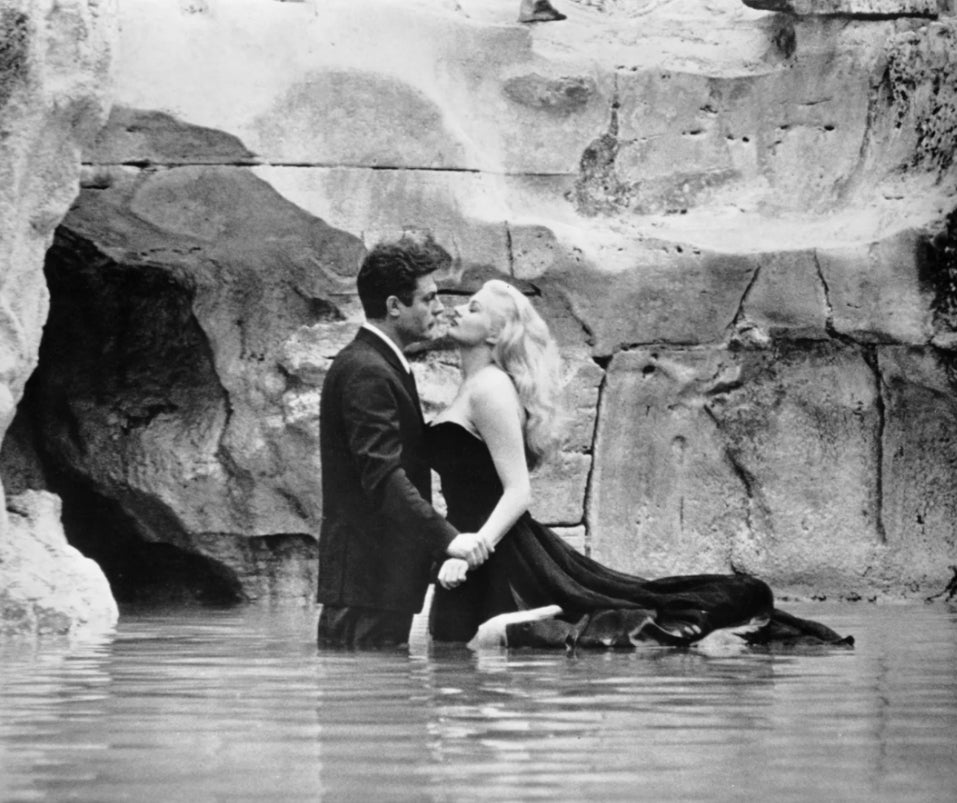
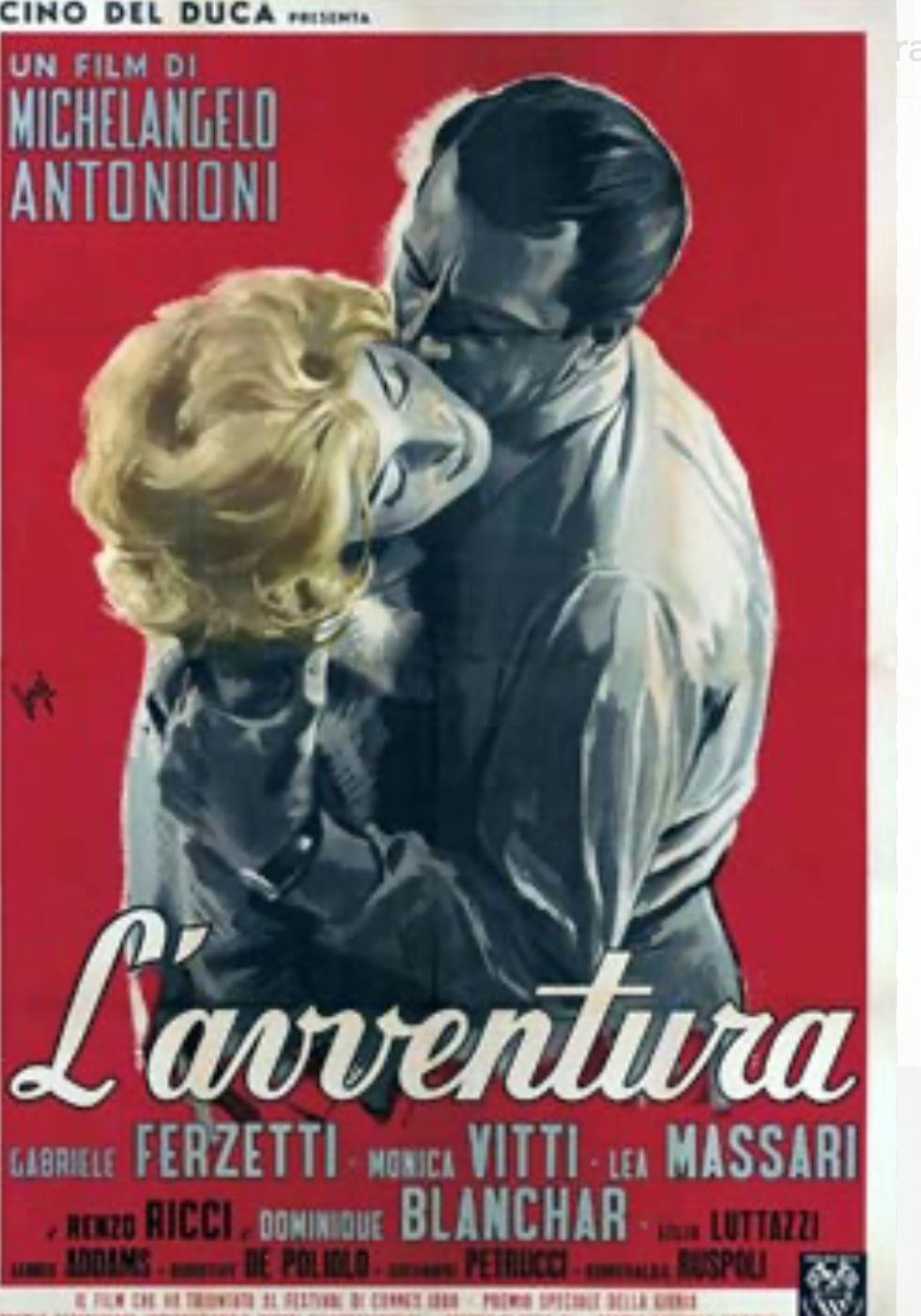
La Dolce Vita: ROME
Starting off easy with one of the world’s most iconic films. La Dolce Vita could not be set anywhere but the eternal city, and Fellini establishes that Rome itself is as much a character as the protagonists who zip, strut, amble and dance through it. When it was first released in 1960, Rome blasted to the top of every cinema-goer’s bucket list and anyone who could afford the airfare (in a time where flying was not as accessible as it is today), rushed over to drink at Harry’s Bar or stroll down Via Veneto just as they had seen La Dolce Vita’s characters do. Today, Rome is one of the most popular tourist destinations in the world. The glory of the bars and restaurants which Fellini chose to film at, and which were once institutions have eroded from the flooded footfall of keen crowds. But the magic of the city has not waned and if you allow yourself to get lost in the winding alleys and among the hidden piazzas, you will uncover the Rome which Fellini dubbed so ‘dolce.’


Call me by your name: SOMEWHERE IN NORTHERN ITALY
The opening caption of this film famously states that the following story unfolds ‘Somewhere in Northern Italy.’ The director – Luca Guadagnino – preferred to remain ambiguous on the location allowing the feeling of nostalgia to reign without pinning the characters or the plot to a specific place. Filming went ahead in the region of Lombardy across small, sleepy settlements which made the perfect backdrop for a slow summer in Italy. The town of Crema is where many of Oliver and Elio’s scenes are acted. Guadagnino was looking for a site which encapsulated Italy without exaggerating it: ‘It is quintessentially Italian without being an idea of Italy. It’s just Italy.’ To our dismay, the spectacular Lombardian house where most of the action happens is unfortunately closed to the public.
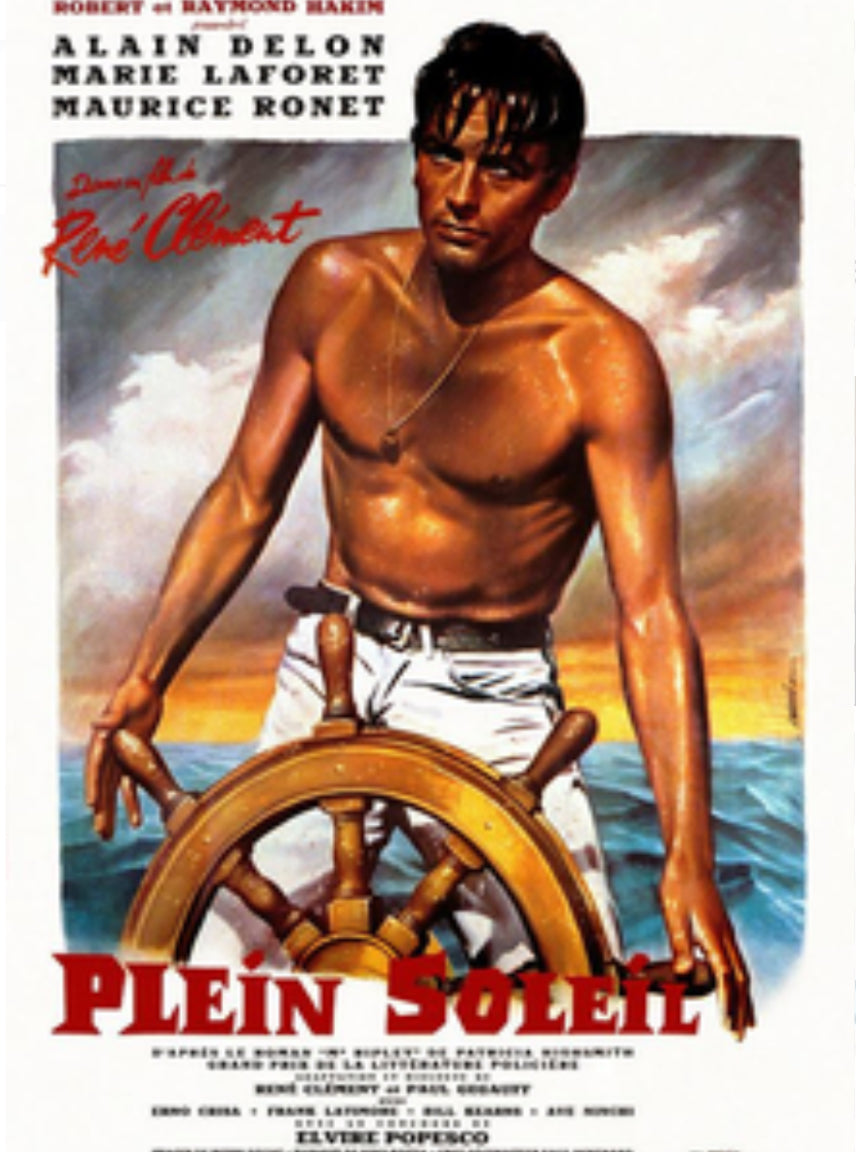

Il Postino: PROCIDA
Set on the gulf of Naples on the island of Procida, Il Postino is a heart-wrenching film which places poetry and beauty at its core. The film is about Mario, an unemployed and uneducated local who is hired as a postman. His sole job it is to deliver mail to Pablo Neruda, who has been exiled from Cuba and has escaped to the tiny Italian island for solace and inspiration. The two strike up an unlikely friendship and Mario begins to immerse himself into Neruda’s world. Inspired by his accomplished acquaintance, he starts developing his own verses of love and hardship, using them to woo the beautiful Beatrice, a barmaid with an overprotective aunt who plays the hilarious villain. The scenery pays perfect tribute to Mario’s profound development. The dark back room of the post office symbolises the constraints of Mario’s existence and it contrasts dramatically with the looming mountain ranges and clear blue skies which can be seen from Neruda’s home, and which is where Mario’s mind expands each time he visits to deliver mail to the prophetic poet.
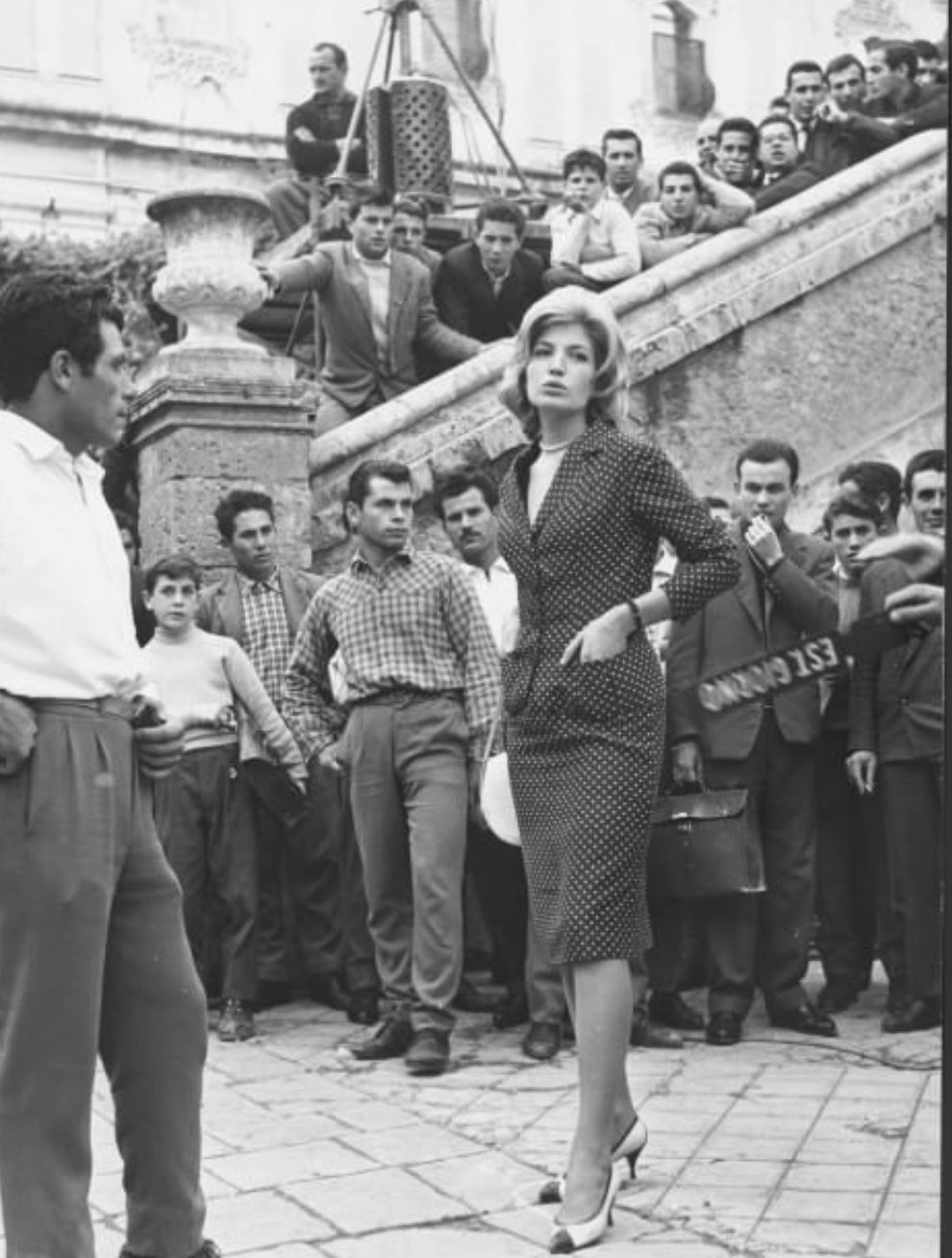
L’Avventura: SICILY
Viewing Italy through the eyes of Michelangelo Antonioni provides a outlook that is unlike most. The director uses dramatic angles, surreal perspectives, harsh landscapes, and nature intertwined with infrastructure to symbolise the inner torments of his complicated characters. L’Avventura follows the story of the disappearance of Anna on a volcanic island in Sicily. Her lover, Sandro and her best friend Claudia begin their own romance but are torn by conflicting feelings of guilt and love. The characters navigate their flawed existence against unique and clever cinematography which uses urban and wild landscapes with great force. Perhaps one of cinema’s most iconic scenes is when Claudia wanders through the streets of Noto in south-eastern Sicily whilst hoards of men crowd the frame and watch her from every which way. The scene was even recreated frame-for-frame in the latest Season of The White Lotus set in Sicily. This region offers so much diversity for brilliant film-making and Antonioni was one the first to pave the way on this gritty and all-encompassing island.

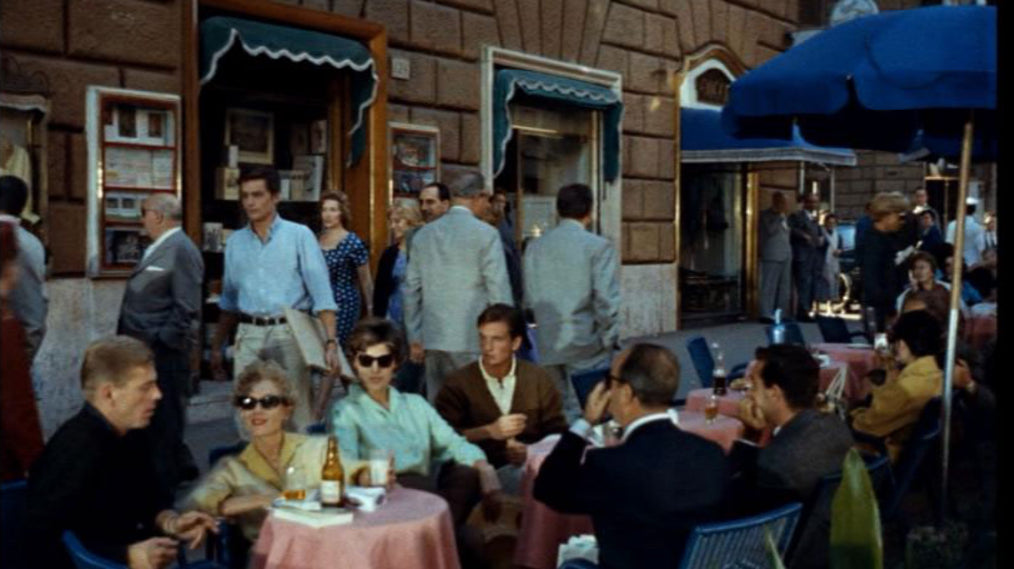
The Purple Noon: ROME and NAPLES
You might have heard of ‘The Talented Mr Ripley’ – a book and then film starring the dashing Matt Damon and Jude Law. But an earlier 1960 French adaptation exists called ‘The Purple Noon.’ It stars the irresistible Alain Delon as Tom Ripley, and shows a version of Italy that is glamorous, gritty and gruesome. This film feels more immersed into the Italian landscape than the later version. Scenes of chaotic fish markets in Naples, curb side cafes in Rome, rocky seas around Ischia, splendid palazzos, and umbrella-speckled beaches feel timeless and transportational. Delon’s character saunters through the film with a cigarette perpetually hanging from his mouth only letting it fall and breaking a sweat when he’s at the brink of getting caught.





